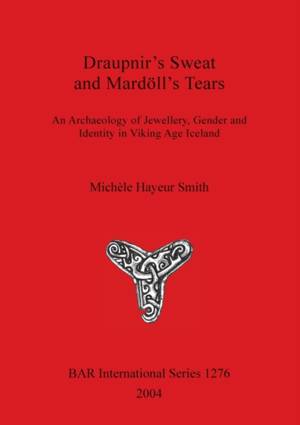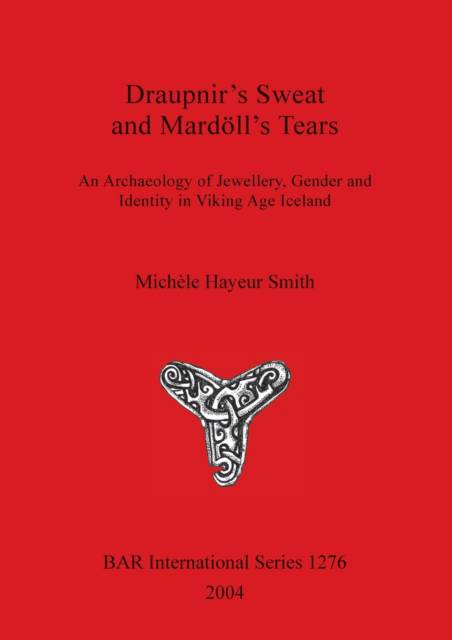
- Afhalen na 1 uur in een winkel met voorraad
- Gratis thuislevering in België vanaf € 30
- Ruim aanbod met 7 miljoen producten
- Afhalen na 1 uur in een winkel met voorraad
- Gratis thuislevering in België vanaf € 30
- Ruim aanbod met 7 miljoen producten
Zoeken
Draupnir's Sweat and Mardöll's Tears
An Archaeology of Jewellery, Gender and Identity in Viking Age Iceland
Michèle Hayeur Smith
€ 88,45
+ 176 punten
Omschrijving
Items of jewellery in Icelandic society traditionally have been analysed in typological, chronological and technological terms with descriptive approaches to discussing their presence in the archaeological record. Drawing on this research but taking a more anthropological approach, Michele Hayeur Smith looks at jewellery as social symbols and a potential indicator of gender, status and power differences, and of spiritual and religious sentiment. Taking evidence largely from burial contexts dating to between AD 870 and 1000, the results of her study suggest that jewellery was used to differentiate between the sexes, and especially to draw attention to female sexual attributes, and most likely to denote differences in gender and cultural identity. The materials used to produce jewellery, craftsmanship, technology and production are also examined in the later chapters.
Specificaties
Betrokkenen
- Auteur(s):
- Uitgeverij:
Inhoud
- Aantal bladzijden:
- 156
- Taal:
- Engels
- Reeks:
- Reeksnummer:
- nr. 1276
Eigenschappen
- Productcode (EAN):
- 9781841713762
- Verschijningsdatum:
- 31/12/2004
- Uitvoering:
- Paperback
- Formaat:
- Trade paperback (VS)
- Afmetingen:
- 210 mm x 297 mm
- Gewicht:
- 517 g

Alleen bij Standaard Boekhandel
+ 176 punten op je klantenkaart van Standaard Boekhandel
Beoordelingen
We publiceren alleen reviews die voldoen aan de voorwaarden voor reviews. Bekijk onze voorwaarden voor reviews.











